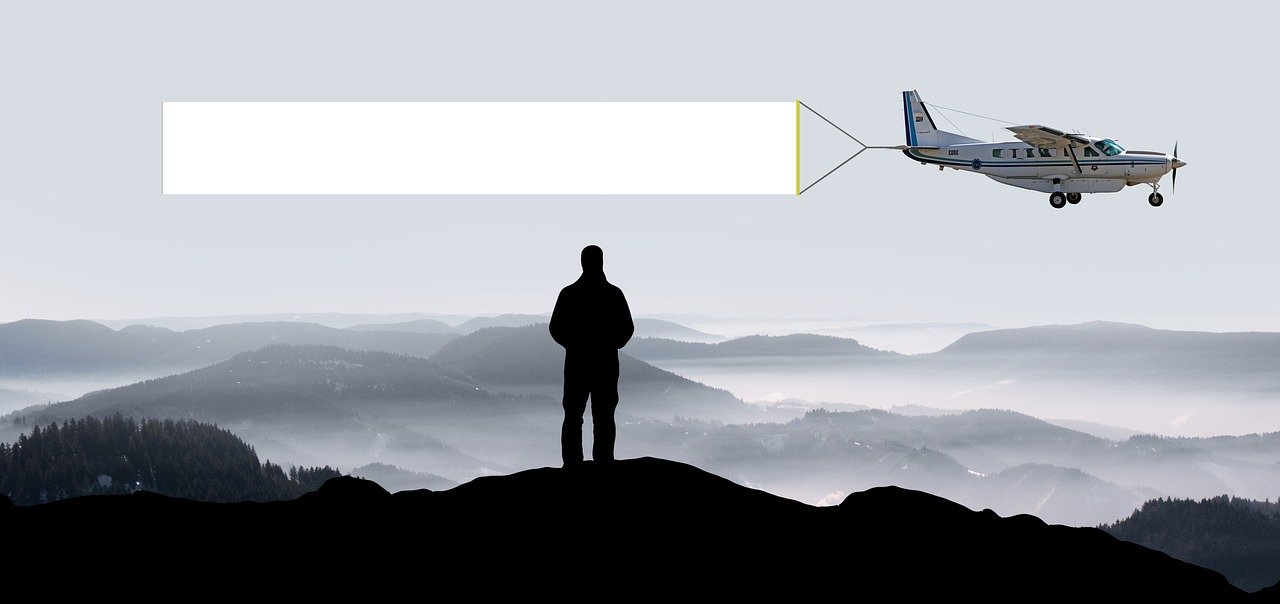
Calculate rates – Convert folders/words – Speak every word with the Diziónatore
Lipsie has discovered another useful tool that helps translators, speakers, voice actors and other professionals in the world of Publishing
If it can be written, or thought, it can be filmed.
(Stanley Kubrick)

From artistic to promotional and corporate videos, there is no audio-visual product that does not use subtitles. Rather than resorting to dubbing, many companies prefer to subtitle their videos and translate subtitles into different languages, to give their product a more international connotation. Agenzia Lipsie has a team of professionals who know the best subtitling softwares (Wincaps, EZ Titles, etc ..), as well as the main rules of the sector.
Although it is not an exact science, subtitling has parameters to consider. In subtitling an audio-visual product, for example, audio-video synchronization is fundamental. To establish in and out of the subtitle, we consider the scene changes and the rhythm of the editing, dialogue or voice over. We stick to the six seconds rule, where a subtitle should never remain on the screen for more than six seconds. We are perfectly aware that reading the text in overlay should not prevent the viewer from enjoying the visual images.
We provide translations of subtitles in both .srt and word format, with or without a time code, or even the simple transcription of audio files, with or without a time code. We carefully take care of the reading speed, for which we adhere to precise parameters, established in wpm (words per minute) and cps (characters per second), parameters that we establish together with the client. We always recommend choosing these values depending on the recipient of the video: a child will have a lower reading speed than an adult, an expert on a topic will read more quickly than a neophyte. In order not to burden the reading, we advise our clients not to go beyond two lines of subtitle of maximum 42 characters each.
Before working on a video, we listen carefully to the needs of our clients. An excellent translation of subtitles must also consider the font (type, colour and size) and the background (black, transparent or coloured). The choice of these parameters is not simply aesthetic but depends above all on the destination of the video and the way it will be displayed by the user.
A subtitle must be able to harmonize with the image, without stealing too much space. This is why we prefer summaries to a translation that is too faithful to the original text: we strive to make the reading as fluid as possible so that the viewer grasps all the aspects and languages of the audio-visual product. In dialogues, for example, we eliminate any hesitations, repetitions or interlayers. In corporate films we aim for precision and promotional effectiveness. The linguistic aspect is just as important as the technical one: every subtitler specialises in certain areas and knows how to master technical jargon naturally.

Lipsie has discovered another useful tool that helps translators, speakers, voice actors and other professionals in the world of Publishing

The settings of a script also count in getting a perfect dubbing We present this simple, but excellent application, the
LIPSIE LANGUAGES
TRANSLATION AGENCY over 18 years experience
LIPSIE PUBLISHING
LIPSIE ENTERTAINMENT